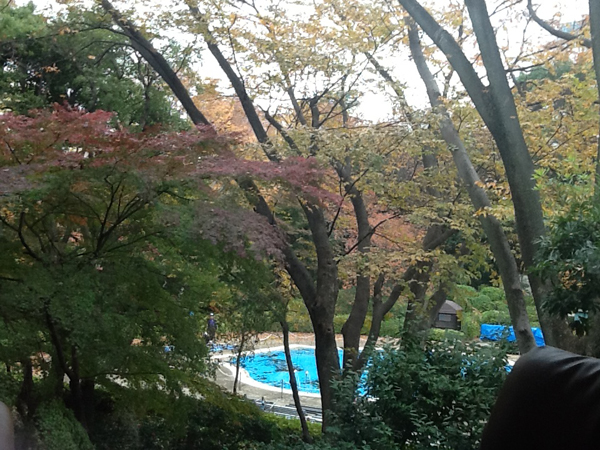
The photo shows the autumn leaves in Tokyo. This is only one thirds of all but lined Ginkgo biloba trees are beautiful in yellow. In recent days, science has clarified why leaves turn colors in autumn. Leaves are green because of chlorophyll. In autumn, chlorophyll decomposes. What’s been left is carotene creating yellow as of Ginkgo biloba trees. When anthocyanin remains, it creates a color of red, typical to Japanese maple trees.
But we’ve already known that such pigments are effective antioxidants for restraining aging and we can take them into our body through vegetables. Isn’t it surprising that tree leaves contain antioxidants? You may not have imagined making supplements from wild tree leaves. But have you heard of an extract essence of Ginkgo biloba leaves? This is what xanthophyll and carotene of the leaves are condensed and it is already put into practical use.
Have you ever heard of flavangenol, an extract essence of a pine tree? It is consisted of 3 carotenes. Its effects as antioxidants have been paid attention well enough to use as supplements or cosmetics.
While seasons change, everything changes as well; no exceptions. We, Japanese people have learned from our mother nature that we cannot stay in the middle of glory for good…in addition, we should not be attached to doing so either. Not only that, I’ve been thinking lately that we can learn from science nature lies in quiet but with full of marvelous antioxidants.
